Barley Production Resources
From managing FHB and understanding chit, to battling herbicide-resistant weeds and optimizing your natural air drying (NAD) systems, SaskBarley provides resources to make it easier for you to grow quality barley year-after-year.
Search the categories below:
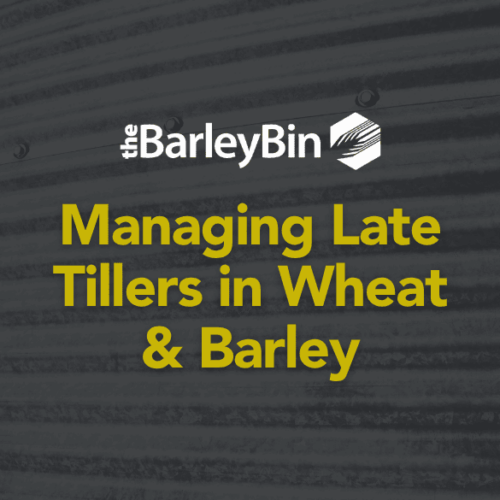
Managing Late Tillers in Wheat and Barley
Figure 1: A barley crop displaying varying tiller maturity There are no straightforward answers when it comes to managing late tillers. Each farm has different needs, equipment, time, target markets, harvest window, and other factors that impact harvest management decisions. However, there are a few factors we can consider when developing […]
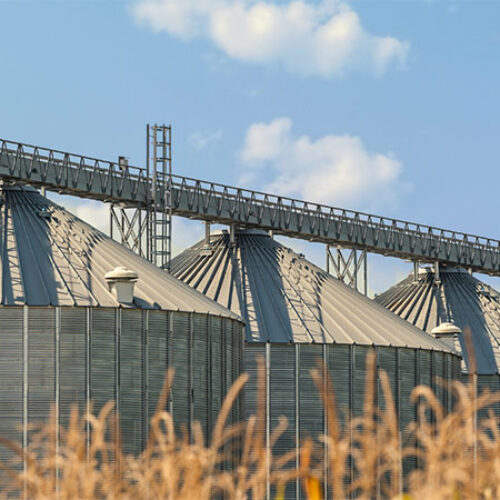
Harvest And Storage Management
Malt barley can be harvested at around 16-18 per cent moisture if you’ve got ready access to grain drying equipment. Harvesting damp or tough can keep the malting quality at its highest and reduce the risk of pre-harvest sprouting as we move into the fall when rain and heavy dews are more common…

Watch Now: Discover Best Practices for Barley Harvest
Check out our YouTube playlist for helpful harvest tips for barley combine adjustments and straw and stubble management.

5 Tips for Retaining Moisture in a Dry Year
Moisture conservation between harvest and the next spring could support critical crop growth and development the following year. Here are 5 management tips to help you retain as much moisture as possible in a dry year.
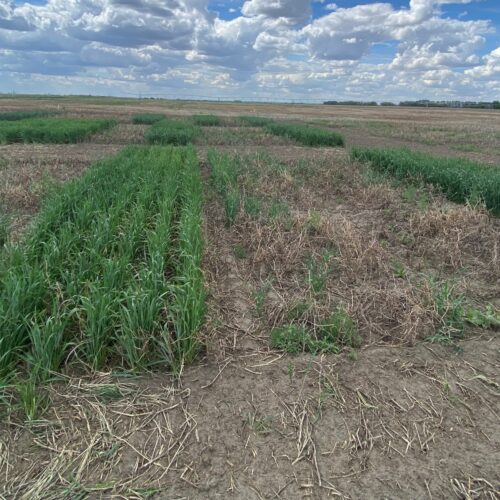
Research Results: Can Winter Barley be Grown in Central Saskatchewan?
Discover the results of a winter barley trial in Central Saskatchewan, exploring emergence, agronomic treatments, and the challenges of overwintering compared to winter wheat.
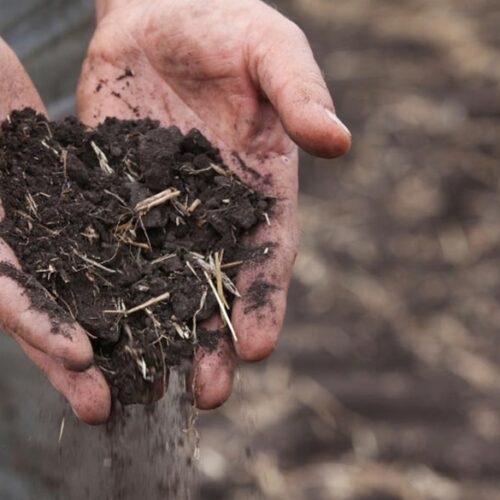
Top Reasons to Soil Test: Maximize Yields, Reduce Costs and Balance Nutrients
Discover the top reasons to soil test your fields and how it helps maximize crop yields, reduce fertilizer costs, and protect the environment. Learn why regular soil testing is essential for sustainable farming.

Soil Testing in Dry Years: Why It Is Even More Important
Soil testing in dry conditions can reveal leftover nutrients, prevent input waste, and improve crop planning. Learn why a fall soil test still matters—even in a dry year.
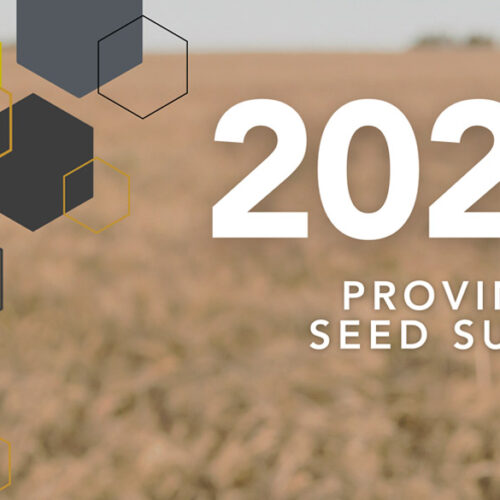
Download the 2023 Saskatchewan Seed Survey Results
This survey provides a record of seed-borne pathogen trends in pulse and cereal crops and allows for continued tracking of diseases over time.

Strategies for Managing Herbicide Shortages
Learn how to navigate herbicide shortages with practical strategies to ensure effective weed management in the Prairies.
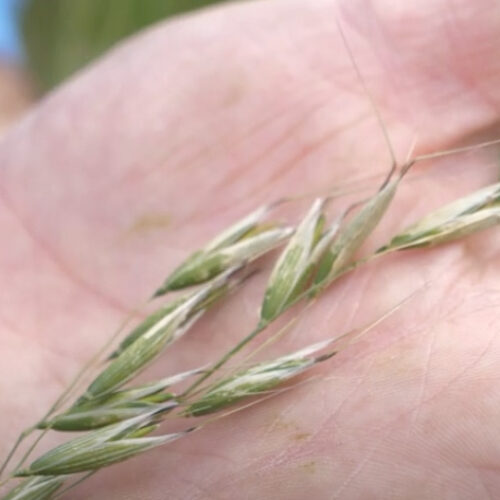
Watch Now: Managing Resistant Wild Oats on Your Farm
Hear from farmers across Western Canada as they share their experiences, management tools and techniques to manage the spread of resistant wild oats within their own operations.
Barley Production Resources
From managing FHB and understanding chit, to battling herbicide-resistant weeds and optimizing your natural air drying (NAD) systems, SaskBarley provides resources to make it easier for you to grow quality barley year-after-year.
Search the categories below:
Bacterial Leaf Streak and Black Chaff of Cereal Crops in the Prairies
Bacterial leaf streak is an important disease of cereal crops all over the world and can cause a significant reduction in yield – in some cases up to 50 per cent. Here’s an extension resource on the ongoing research into these harmful diseases.
What Stubble Means to Moisture Retention According to Dr. Phillip Harder, SWAT Maps
Dr. Phillip Harder of SWAT Maps answers this question at our BarleyBin Live event in Shaunavon, SK: How much difference does an inch or two of stubble make?
Fall Considerations: Wrapping up the Growing Season
At the end of the harvest season there are still decisions to be made that can help set the farm up for success in the following year. In addition to evaluating decisions made throughout the year, we can begin addressing nutrient management, weed risks, insect pressure and more.
Post-Harvest Review – How Much Taller Could That Stubble Be?
When moisture is limiting, it’s remarkable how much of a difference snowmelt makes. How can you best capture it? Read more.
Why CDC Austenson Won 2025 Seed of the Year from SeedWorld
CDC Austenson, two-row feed barley was named Seed of the Year for 2025 by SeedWorld. Retired barley breeder, Dr. Brian Rossnagel, formerly of the Crop Development Centre (CDC) in Saskatoon, SK examines why this feed variety has been so popular among Western Canadian farmers.
Unlocking Barley’s Potential: New Varieties and Advances in Plant Breeding
Discover new malt and feed barley varieties for 2025 and learn about the latest advancements in barley breeding technology from Dr. Aaron Beattie of the Crop Development Centre.
The Paradox of Choice: Trends in Barley Varieties for 2025
Mitchell Japp explores the trends in barley variety selection ahead of the 2025/26 growing year. Discover uptake and decline of the top 6 varieties in both the malt and feed barley categories.
Fall Considerations: Wrapping up the Growing Season
At the end of the harvest season there are still decisions to be made that can help set the farm up for success in the following year. In addition to evaluating decisions made throughout the year, we can begin addressing nutrient management, weed risks, insect pressure and more.
Managing Kochia in Barley: Effective Strategies for Season-Long Control
Learn how to manage kochia in barley fields with effective pre-harvest and post-harvest strategies. Reduce seed production and control herbicide-resistant kochia for better crop competition.
Managing Herbicide Resistant Wild Oats in Barley
Herbicide resistant wild oats can cause a lot of headaches for farmers every growing season. Stamping them out requires a weed management plan that goes beyond herbicide application. SaskBarley has put together a list of resources to help you to get the upper hand on wild oats in your crop.

